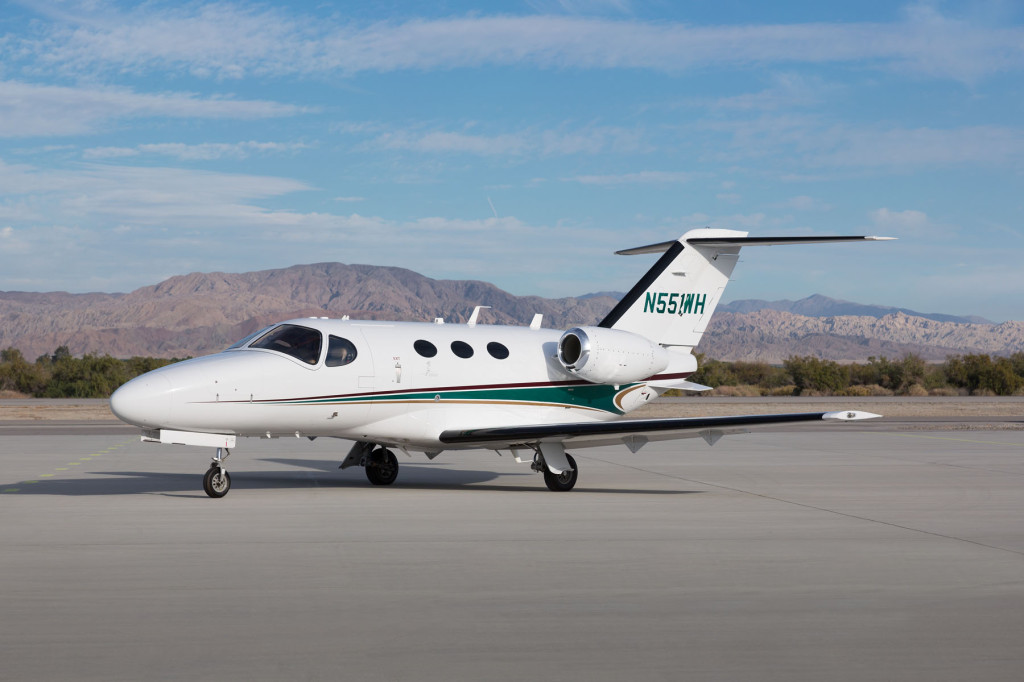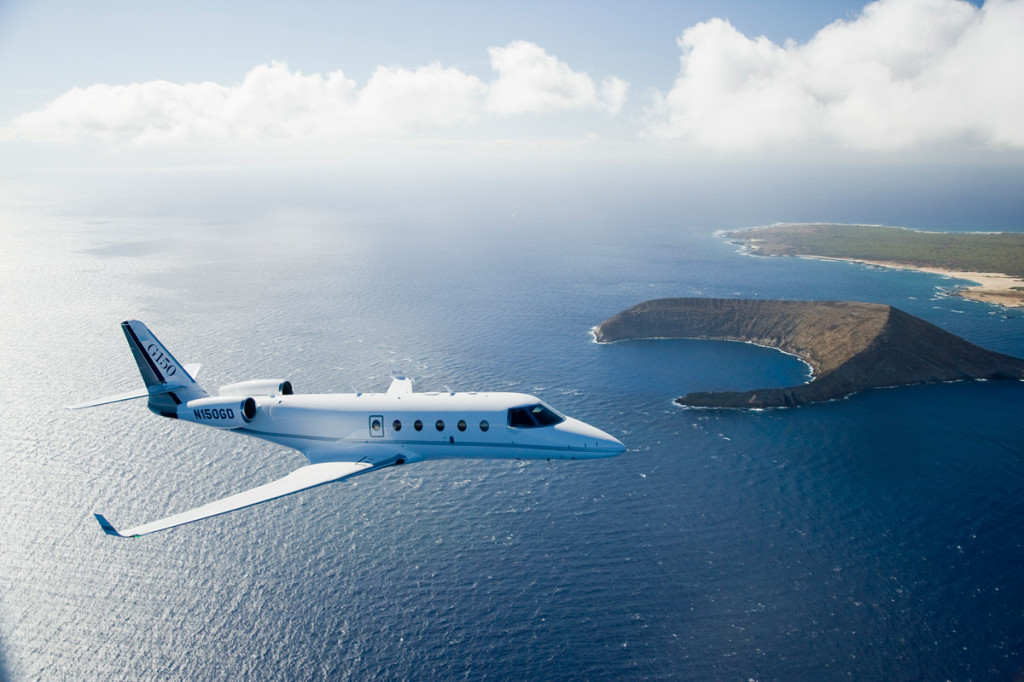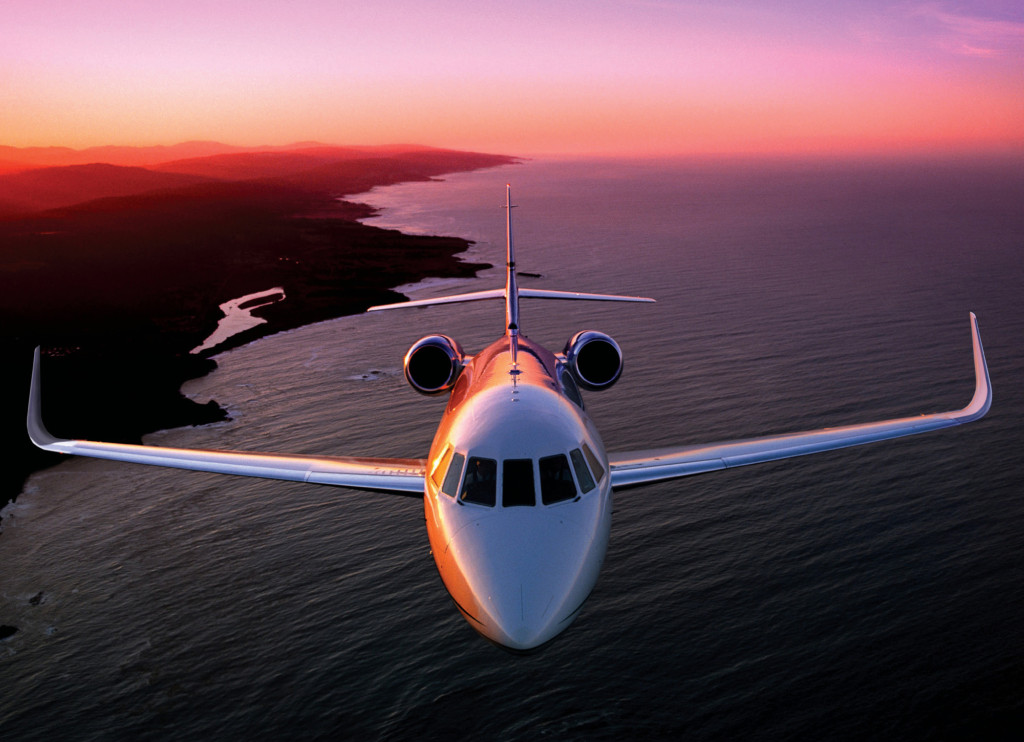When we hear of flying private, we often think of a life of excessive, luxurious travel to exotic places or hardline business meetings, a lavish way to travel which reeks of opulence and over-the-top extravagance. Having a private jet of your own at your disposal seems to be one of the highest material benchmarks in today’s society, and the fact that only the most successful movie stars, rappers, sports icons, and yes, entrepreneurs are able to afford them lets most people know that the window stickers of such aircraft weigh in at higher than what they might make in their entire lifetime – but just how much does it cost to fly from LA to Paris for a fancy lunch at a classy café? We’re going to break it all down for you in this article.
So how much does it really cost?
How much a private jet will run you initially, of course, depends on how much the actual jet you plan to purchase costs. Today’s private luxury aircraft can put you out anywhere from $6M-$80M, presuming you aren’t interested in an Airbus or 747 (which can cost upward of $260M). From there, assuming that you use the plane on a regular basis, experts recommend using about 10% of the cost of the jet in order to estimate the costs of yearly maintenance you should expect, fuel included. Some examples of the smaller expenses which add up to that magic 10% include roughly $40K-$60K yearly to wax and wash the aircraft and approximately $15K-$20K to replace tires after a rough landing, and landings, of course, are largely dependent on another factor – pilots. According to various freelance pilot services, a seasoned pilot with several thousand flight-hours demands some $50-$200 per flight hour. Add insurance costs, private aircraft fees for taking off/landing at airports, minor repairs/updates along the way, and hangar space and you’ll find yourself working out to about $2,000-$6,000 per hour of flight time.
Is it really a logical option?
For those whose occupation or business position truly requires being in multiple cities around the country or world in short timeframes, then yes, flying private is most certainly a viable option. However, of course, if you are in such a position, writing it off as a corporate asset is the most likely course of action. In other words, if it can add value to your business, private travel is indispensable. But if you’re in it for the baller status to fly from your home to your second to your third home every few weeks, it’s probably not. But it’s okay, because fortunately, there are many other options for people who fit this description.
Short of purchasing a jet of your very own, you can enjoy leisurely flights and last-minute business trips alike by making use of three other options second to flying private:
– Using charter flight services
– Purchasing a jet card or becoming a member of a private flight club
– Partial ownership
Chartering
Charter flights are fairly straightforward. You pay to have a jet take you (and whoever else you need/would like to come along) from point A to point B at a certain time at a certain rate. Charter flights can be quite expensive, but prove to be more economically logical for those looking fly to a faraway client meeting or to fly a group of employees to a conference without doing so often enough to justify the exorbitant costs of sole, corporate ownership.
Jet Cards/Memberships
Jet cards, or time-allotment charters, are membership-based services which provide clients with a certain number of hours of private charter flights for a discounted rate in relation to chartering the same number of flights individually. Such systems appeal to individuals and business alike because of the various perks associated with membership, including discounted hourly rates, preferential treatment, VIP access to specific jets on short notice, and so on.
Partial Ownership
Partial ownership appeals largely to individuals who are looking for access to flying private on a moment’s notice without bearing the full burden of individual ownership, much like partial ownership of homes. The exact terms of any partial ownership, of course, depend on the wording of the binding contract, but many common partial ownership contracts allow for 1/16th, 1/8th, 1/4th, and ½ ownership of jets. Some negatives, of course, of this particular system include geographic limitations, limited availability on short notice, and potential disagreements with those you go into ownership with, among others.
Cost breakdown of some private jets currently on the market
Cessna Mustang

The Cessna Mustang’s generic exterior for a small plane isn’t too flashy nor does it look overly expensive from the outside, but for the price, this jet is one of the best bangs for the buck.
One of the most wallet-friendly private jets on today’s market, the Cessna Mustang Model 510 is an extremely light (classified as a VLJ – very light jet) business-class jet which hit the market in 2006. With an effective range of 1,167 miles (2,161 kilometers) and an economical $3M price tag, the Mustang makes an excellent jet for both personal and corporate use.
The Cessna’s modest cabin interior isn’t the best of private jets’, but it certainly outdoes even the most comfortable first-class airline flight in terms of comfort (and legroom!).
The Cessna Mustang Model 510 is approved for single-pilot flying and seats four passengers, a pilot, and a co-pilot if chosen. All in all, this plane is a good choice for individuals looking for a jet of their own or to go into with others as a fractional ownership aircraft as well as for businesses looking to transport a few executives here and there every so often.
Gulfstream G150

The Gulfstream G150 is advertised as the fastest mid-sized business-class jet in its class, sporting a classic but elegant exterior design.
The Gulfstream G150 is advertised as being the “entry level” business-class jet of the current Gulfstream line, stickering in at an estimated base cost of $15.5M. Being a highly customizable aircraft, customers are able to select from three seating configurations for the plane’s cabin which can seat up to eight passengers in addition to piloting staff.
The G150’s elegant interior is perfect for a casual talk over a few drinks or continuing ever-important work during flight.
The cost of upkeep is also curbed for the first five years of new ownership as a result of Gulfstream’s award-winning warranty service and around-the-clock customer support. The G150 has a range of 3,749 miles (6,034 kilometers).
Dassault Falcon 7x

The Dassault Falcon has been praised for its beautiful exterior design and an equally luxurious interior.
The Dassault Falcon 7X is the type of jet which caters to those who want it all. Although it’s certainly not the most expensive private jet currently available, it is one of the most successful in its price bracket, at 149 sold since its introduction in 2005. Boasting a range of over 5,900 miles (11,000 km) and extensive customizability on the customer’s end, the Dassault Falcon is one of the best of its class.
The Falcon’s extravagant interior makes for one of the most comfortable interior cabins of any private jet on the market.
Seating a generous fourteen passengers and two crew, the interior of the Dassault Falcon spares no expense in creating a comfortable sitting area to make for an enjoyable flight wherever it may be headed. Current pricing of the Dassault Falcon 7X is an estimated $50M, making this jet one of the most exclusive mid-sized business-class jets available to both private customers looking for an no-compromise flight experience and companies looking to provide clients and executives with the highest possible level of comfort at an equally high altitude.
